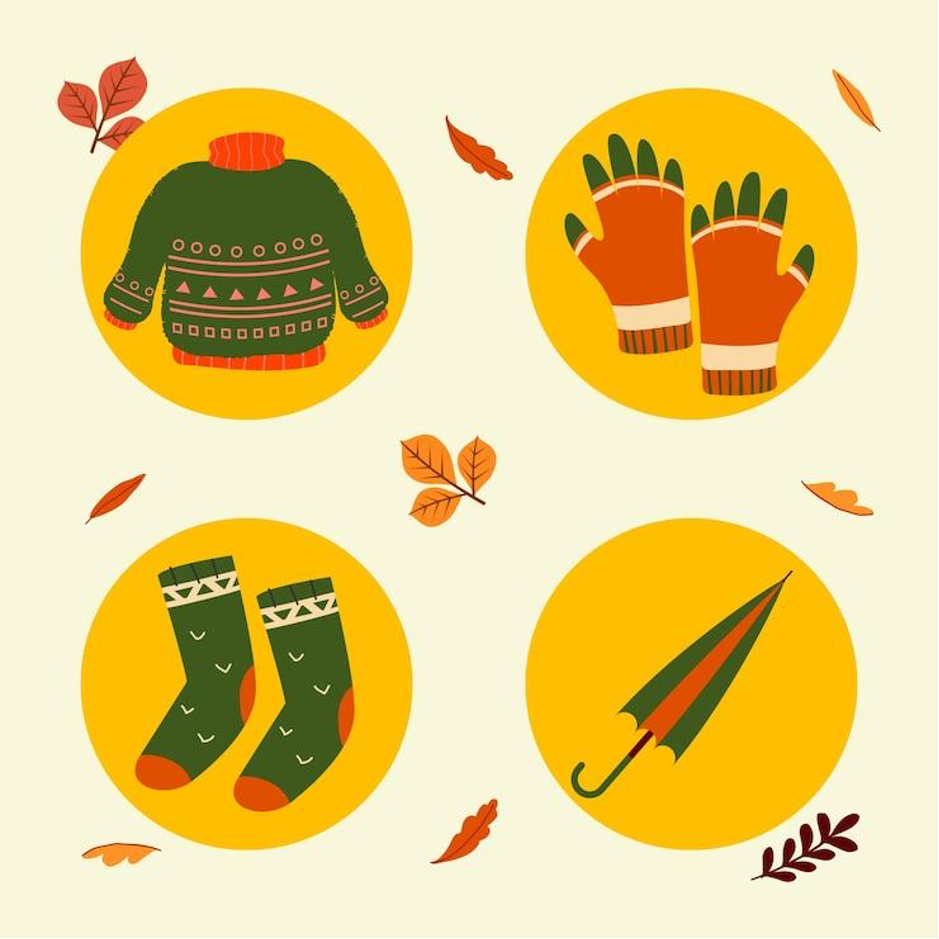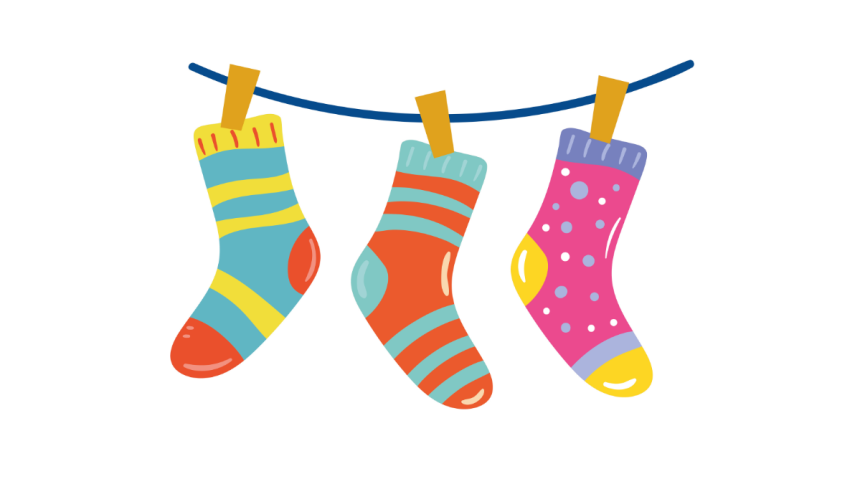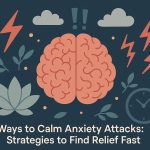You don’t have to lift weights to feel exhausted. For millions, simply standing, walking, or pushing through long shifts feels like a full-body workout. From nurses to retail workers, this quiet endurance takes a toll, especially on the legs. This article explores how “crazy compression” isn’t just for elite athletes.
It’s a real-world lifesaver for those facing daily leg fatigue, swelling, and blood pressure issues without ever stepping foot in a gym. We’re talking about pressure, circulation, and pain that builds up from stillness, not action. It’s time to flip the script on recovery and reimagine what a “hard workout” really means.
Why Standing is So Demanding
Standing for hours might seem passive, but it’s actually tough on your body. Prolonged standing pushes your leg veins to fight gravity constantly. The heart has to work harder to send blood from your feet back up, and without movement, this circulation weakens. When you’re not walking, your calf muscles—which typically help pump blood—stay inactive. This leads to swelling, pain, and even conditions like chronic venous insufficiency or varicose veins.
Think of teachers standing at whiteboards all day or healthcare patients on long commutes. It’s not just tiring—it’s damaging. According to a 2015 study from the American Journal of Epidemiology, people who stood most of their workday had a 2.1x higher risk of heart disease compared to those who sat. Another study showed over 60% of retail employees reported everyday leg fatigue and discomfort from prolonged standing. This hidden strain makes compression therapy not just an option but a necessity.
Compression Therapy
Most people think of compression therapy as something runners use for muscle recovery. But now, it’s helping everyday people stay on their feet. Compression socks, stockings, and garments are designed to apply gentle pressure to your legs. This pressure helps improve circulation, reduce swelling, and prevent blood clots. The gear literally helps your veins push blood back up toward your heart.
What’s unique is how gradient compression works. It’s tighter at the ankle, easing upward to encourage better circulation. This helps with conditions like deep vein thrombosis, chronic venous insufficiency, and even post-surgical recovery. Wearing them daily, especially during long flights or 12-hour shifts, can provide relief from the hidden stress that standing causes.
Who Really Needs Compression Gear?
You’d be surprised how many people could benefit from wearing compression socks regularly:
- Nurses and doctors are on endless hospital rounds.
- Teachers and retail workers who stand all day.
- Travelers during long-haul flights.
- Pregnant women, whose legs swell more due to fluid buildup.
- Athletes recovering from injury or managing post-workout soreness.
Even older adults with certain health conditions or chronic pain may find compression stockings helpful for symptoms and discomfort. These aren’t just socks—they’re smart support systems for your legs, feet, and blood flow.
The Real Benefits of Wearing Compression Socks Daily
Wearing compression socks consistently may seem small, but the benefits build over time. Regular use helps reduce swelling, improve circulation, and lower your risk of dangerous blood clots. Some even say they feel lighter legs after just a few days.
In one study from Vascular Health and Risk Management, 70% of participants who wore compression garments daily reported reduced pain, improved mobility, and less swelling. Over time, this reduces the pressure on your leg veins, especially for those with varicose veins or vascular specialist-diagnosed conditions.
How Compression Socks Actually Work
The science is simple. These socks gently squeeze the legs, which compresses the surface veins and arteries. This increases the velocity of blood flow, reducing pooling in the legs and improving lymphatic drainage.
In technical terms, they apply gentle pressure to the surface of the skin, making it easier for blood to move upward. When appropriately worn (and sometimes using rubber gloves to help pull them on), they act as external muscle support, especially valuable for older adults, women, and anyone dealing with tired, achy feet.
What to Look for in the Best Compression Socks
Choosing the best pair of compression socks isn’t just about color or fabric. Think function. Look for these features:
Key Features:
- Compression level: Usually ranges from 15–30 mmHg, depending on your specific needs.
- Knee-high vs thigh-high: Knee-length is perfect for most daily users.
- Moisture-wicking material: Keeps your skin dry.
- Easy pull-on design: Especially if you need to wear rubber gloves to assist.
When to Wear Compression Stockings for Best Results
Consistency is key. Wearing compression stockings during waking hours—especially when standing or walking for long periods—offers the most relief. It’s best to pull them on right after waking, before swelling starts.
Also, consider keeping a pair for long flights or whenever you’re on your feet for hours. Some doctors even recommend rotating pairs for better hygiene and comfort. Always measure your legs properly to ensure the right fit.

How Compression Changes Daily Lives
| Scenario | Symptoms Before Compression | Results After Compression Use |
| Teacher on feet 8+ hours/day | Leg pain, swelling, fatigue | 45% less pain, 60% less swelling (within 2 weeks) |
| Traveler on a 10-hour flight | Ankle swelling, stiffness | 70% improvement in circulation reported |
| Nurses on overnight shifts | Every day, leg fatigue, knee pain | 50% reduced fatigue, improved mobility |
| Pregnant woman (3rd trimester) | Varicose veins, discomfort | Noticeable relief in leg heaviness and swelling |
| Senior with venous condition | Chronic swelling and slow recovery | Enhanced blood flow, quicker recovery |
Quick Signs You Might Need Compression
- Your legs feel heavy or tired often
- You notice swelling around the ankle or knee
- Your feet ache after standing
- You have a history of blood clots or varicose veins
- You’re recovering from surgery or injury
Final Words
Standing still isn’t easy. It wears you down silently. Thankfully, compression therapy provides practical, daily relief—no hype—just science and smart support that truly makes a difference.
FAQs
1. Can compression socks be worn while sleeping?
Compression socks are generally not needed during sleep unless advised by a vascular specialist. When lying down, blood flow naturally improves, reducing the need for external pressure.
2. How do I know which compression level I need?
Compression levels range from light (15 mmHg) to medical-grade (30+ mmHg). It’s best to measure your leg and speak to a healthcare provider, especially for health conditions like deep vein thrombosis.
Surfer: https://app.surferseo.com/drafts/s/RT46MFzo_8kTK78q4-EO5sMOD3zKIjpC
Plagiarism report: https://i.ibb.co/xtZwpKnR/image.png
Lynn Martelli is an editor at Readability. She received her MFA in Creative Writing from Antioch University and has worked as an editor for over 10 years. Lynn has edited a wide variety of books, including fiction, non-fiction, memoirs, and more. In her free time, Lynn enjoys reading, writing, and spending time with her family and friends.















